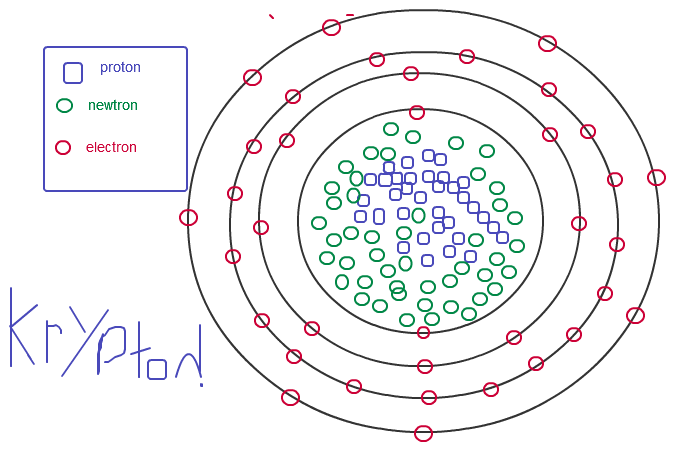

Yes, if you know everything about the elements, you can only know something more about the elements. The elements will also be helpful in your research process. The matter is made of a combination of two or more elements. If you know the elements, then only you know about the matter present in the world. We understand the facts of making matters in this world. The properties of the elements help to understand the bonding of elements with other elements. You will also know the category of the elements and, most importantly, the properties of the elements. As you all know, the electronic configuration is essential to know the elements of Electron Valence. The atomic number also helps to know the Calcium Electron Configuration of any element. The atomic number is significant to know as it helps to know more about elements. The symbol of the element calcium is Ca, and the atomic number of this element is 20. When you take the periodic table, then you will find many details about Calcium. Today in this article, we will share all the information related to Calcium so, read the articles carefully.įirst of all, let me tell you some basic things about Calcium. Yes, you can know various things about the elements by just knowing the electronic configuration. So, you will know all these things about the metal when you know its atomic number and electronic configuration. The elements are also divided into the categories of metallic or non-metallic. There are many categories of these elements: some are natural, some are artificial, some are natural, and some are organic, and some are non-organic. Yes, the substance or matter which we see all around is made of elements. The elements are the molecules that help to make matter. When you perform a chemical reaction in the laboratory, you must know about the elements. If you are a chemistry student, then you must have to know about every element.

It will not only be necessary for chemistry subjects, but it is also essential for general knowledge. HCP metals are not as ductile as FCC metals.Are you searching for Calcium Electron Configuration (Ca) with an Orbital Diagram? Every person should learn about the chemical Orbital Diagram, electronic configuration, atomic number, atomic mass, molecules, etc. Metals containing HCP structures include beryllium, magnesium, zinc, cadmium, cobalt, thallium, and zirconium. However, unlike the fcc, it is not a Bravais lattice as there are two nonequivalent sets of lattice points. Hexagonal close packed (hcp) is one of the two simple types of atomic packing with the highest density, the other being the face centered cubic (fcc). The middle layer contains three atoms nestled between the atoms of the top and bottom layers, hence, the name close-packed. The top and bottom layers contain six atoms at the corners of a hexagon and one atom at the center of each hexagon. In a hexagonal close-packed (HCP) arrangement of atoms, the unit cell consists of three layers of atoms. These metals possess low strength and high ductility. Metals containing FCC structures include austenite, aluminum, copper, lead, silver, gold, nickel, platinum, and thorium. This structure, along with its hexagonal relative (hcp), has the most efficient packing (74%). In a face-centered cubic arrangement, a unit cell contains (8 corner atoms × ⅛) + (6 face atoms × ½) = 4 atoms.


 0 kommentar(er)
0 kommentar(er)
